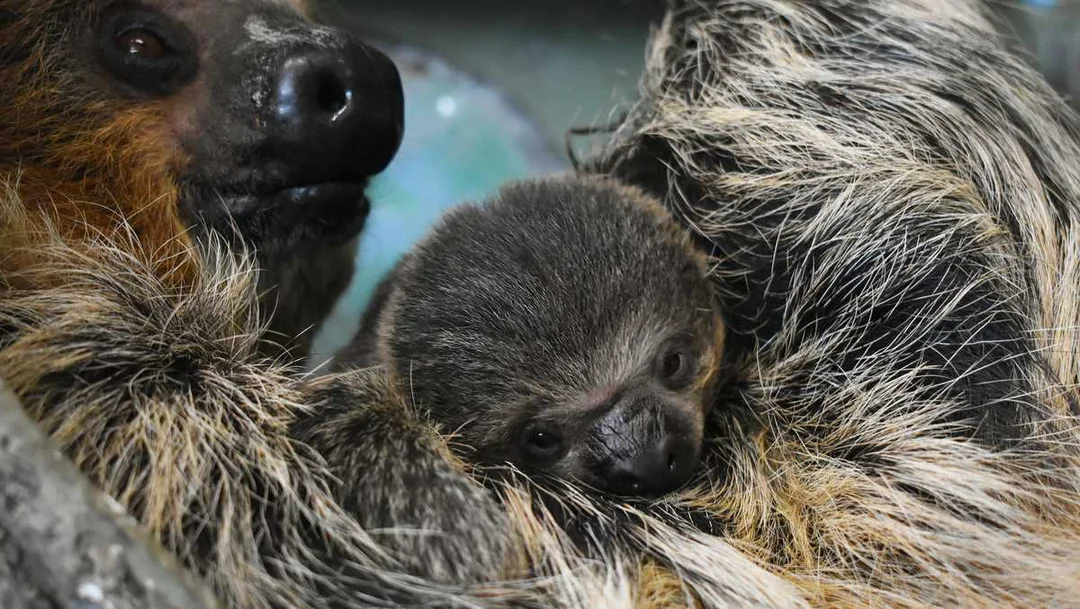
A New Arrival: Stone Zoo Welcomes Adorable Two-Toed Sloth Pup
In a heartwarming addition to its animal family, Stone Zoo in Stoneham, Massachusetts, recently celebrated the birth of a Linne's two-toed sloth pup. Born on April 16, this slow-moving newcomer marks the eighth offspring of mom Lunesta, 20, and dad Nero, 19. This event not only excites animal lovers but also underlines the importance of conservation efforts for endangered species.
"We are thrilled to welcome a new member to our sloth family," said Pete Costello, assistant curator at Stone Zoo. The zoo is closely monitoring both the mother and her baby, as Lunesta is an experienced mother. Observations have indicated that the baby is nursing well, with open eyes and active movement. For the first month, the pup will cling tightly to Lunesta, ensuring a strong bond between them.
Stone Zoo is actively participating in the Linne's Two-Toed Sloth Species Survival Plan, a collaborative effort among zoos to ensure the survival of threatened species. This initiative highlights the growing recognition that maintaining genetic diversity and providing safe environments for these animals is crucial for their continued existence.
Linne's two-toed sloths, native to the tropical forests of South America, are known for their unique lifestyle. They spend the majority of their time hanging upside-down in trees, using their clawed feet to navigate through branches. However, these fascinating creatures are surprisingly vulnerable once they hit the ground. "While these animals move really well through the branches, once they are on the ground, they are very slow and vulnerable to predators as they are not built for walking," noted Zoo New England.
In addition to their slow movements, sloths primarily feed on a vegetarian diet, dedicating approximately 15 hours each day to sleeping. Though they share a habitat with monkeys, sloths are actually more closely related to anteaters and armadillos, underlining the diversity of life in tropical ecosystems.
As this sloth pup begins its journey in the world, it symbolizes the broader themes of wildlife conservation and the importance of creating awareness about endangered species. The arrival of this adorable creature invites us to reflect on the role of zoos not only as places of recreation but also as sanctuaries committed to protecting biodiversity.
What are your thoughts on the role of zoos in conservation practices? Feel free to leave your comments below and join the conversation about our furry friends and their care!